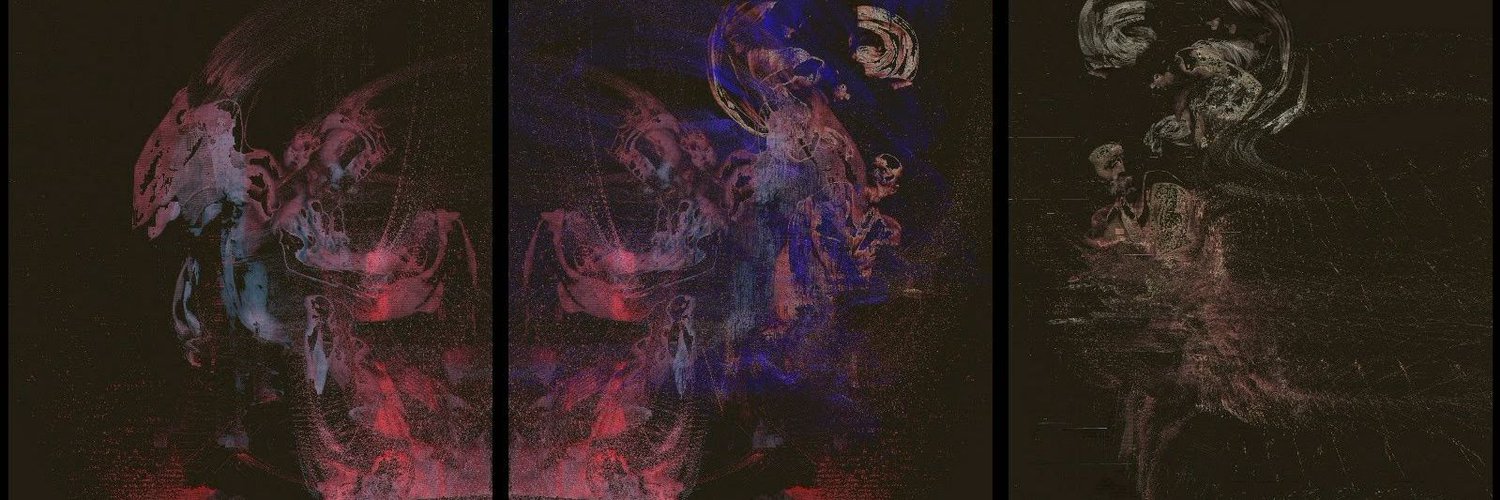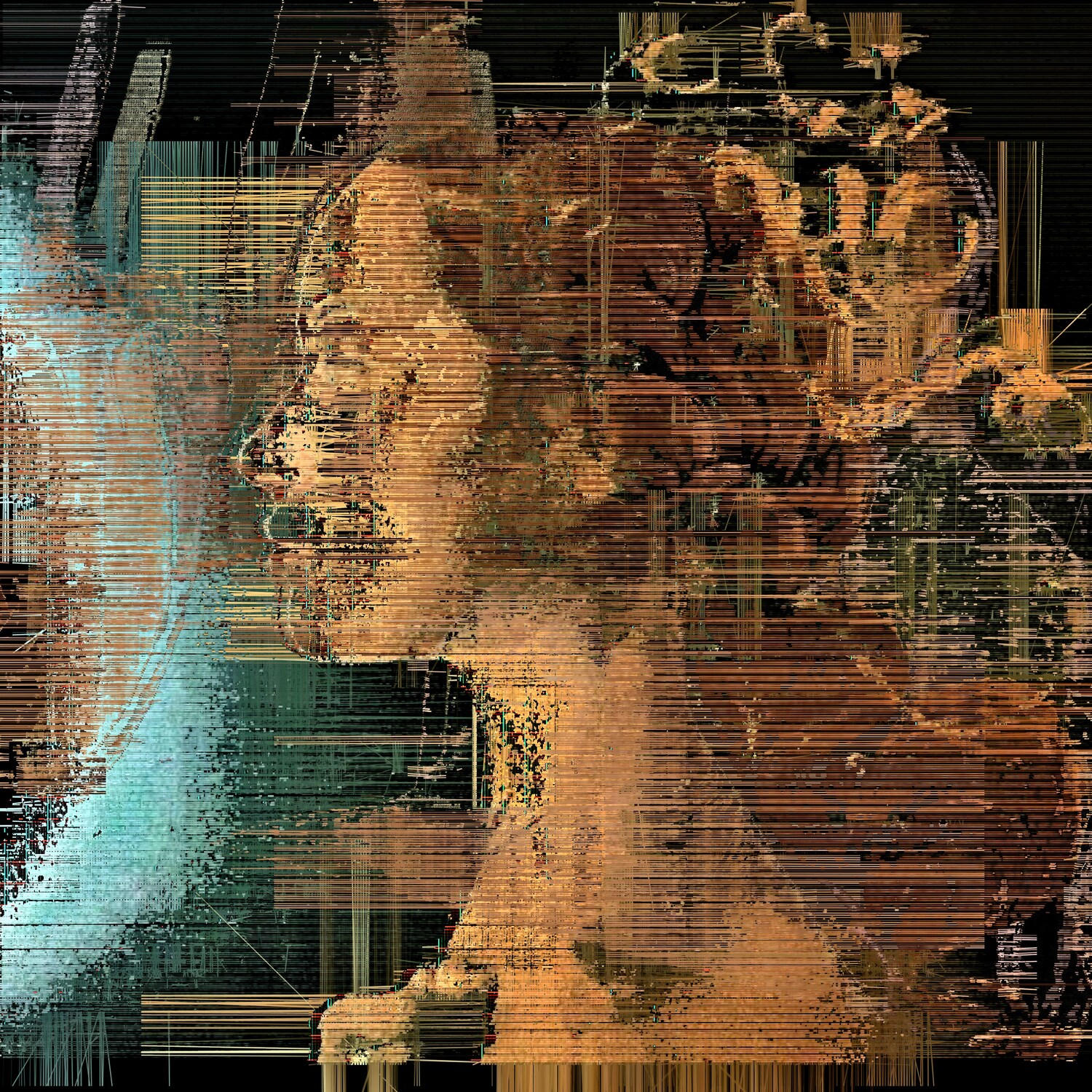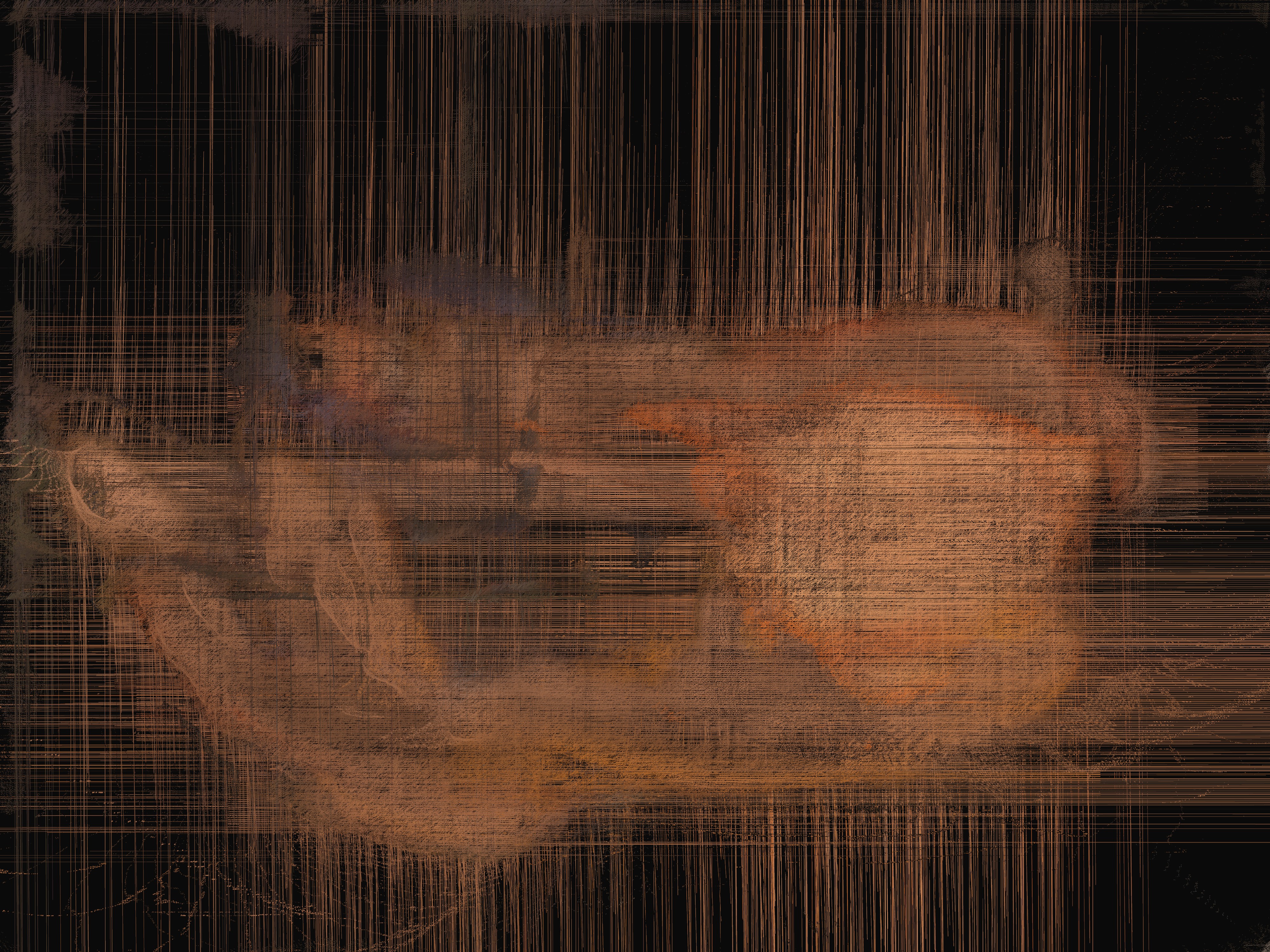Thought & Concepts
notes from the past few decades

Figure 1: Triptych
1. Why these notes
I was recently writing some essays where I was explicitly asked to
expose both concepts and thoughts that have guided my creative process
over the years. And that is how I discovered that I had accumulated,
over all these years, a large amount of notes. Not only that, I also
realized that I have followed, since the late 1980s, both in thought
and production, a conceptual line extremely coherent , and never lost
it,almost never…, in most cases without even imposing that to me.
I will publish in different pages/posts, fragments and relatively
short. Often randomly taken, as they appear or to support the concept
behind a artwork. Definitely /notes from the past few decades.
The leading concept of my research is nothing new, in fact i leave Vasari to explain it:
"…..si perché l'arte col mezzo della scienza diventa molto più perfetta e più ricca,sì perché i consigli e gli scritti de' dotti artefici, hanno in sé maggior efficacia e maggior credito, che le parole o le opere di coloro che non sanno altro che un semplice esercizio, o bene o male che lo facciano." (Vasari 1) "… because art by the means of science becomes much more perfect and richer, so that the advice and writings of the knowledeged thinkers, have in themselves greater efficacy and greater credit, than the words or works of those who lnow nothing but a mere exercise, whether good or bad they do it."

Figure 2: Human Ex-traits of Q.
2. Basic Concepts
Being fascinated by the Renaissance, I studied and researched into its conceptual and philosophical principles . I will not dwell on the impact on art of the aesthetic canons of that period, but rather what served as the driving force behind the principles of thought of the Renaissance. The idea that behind any human creative activity there is a common principle that directly connects all the sciences. A sort of "conceptual stream" that flows behind all things and alternately applies to painting, sculpture, music, to architecture, physics, urban planning, engineering, to military art, in short, to all fields of creativity human2. Contrary to what is commonly thought the interest of the Universal Man in the Renaissance was not to unite all these disciplines into a single encyclopedic principle, which instead comes closest to "Age of Enlightenment" thought, but to cross them all. Scientific thought, the mathematical things 3 were the common principle generator of everything. A stream of thought common to all the human intelligible. This was the approach of the Renaissance that placed man at the center of the universe, thanks to his his ability to think abstractly in order to adapt these abstractions to any discipline.
With this in mind when I approached programming, during my musical composition studies in Vienna, attending ELAK 4 and then at CCRMA 5, I started to conceive in a similar form the use of algorithms and programming applied to the different forms of creativity. These algorithms they play, in a conceptual way, a very similar role to which I previously described. A conceptual and scientific flow that crosses all human knowledge. For this reason I consider algorithmic programming as a form of abstraction of thought. The art 6 of programming producing codes that simply changing the output hardware can create so much visual as well as acoustic representations, as much music as painting digital.
Obviously, each discipline follows a different theoretical and technical research path, but despite this, there are many common traits, especially expressive ones. Just a very simple and common example, we use the expression color 7 both for music as obviously for painting, poetry. But undoubtedly each different medium stimulates a different kind of research. From this perspective, my research and artistic production has always kept separate all these fields of creativity. Music, architecture, painting digital, musical theater, installation, video production, all united by a generative conceptual principle. This principle, in my case is given by the idea of the "algorithm," le cose matematiche, a path to abstraction.

Figure 3: La Mano
Footnotes:
" Vita di Leon Battista Alberti" by "Le Vite" very simila from a Leonardo quote
I preferably use the expression creative fields or creativity rather than the term art as it too genrically lends itself to subjective interpretations.
Leonardo da Vinci uses this word, in addition to the meaning that it strictly pertains to it, also to mean: natural, relevant, experimental….and technology as in Vasari quote.
ELAK is the center for computer music at Musik Hochschule in Wien
read Karma, Center for Computer Research in Music and Acoustics, Stanford University
I prefer to use the term art in the sense used by the Vasari as high knowledge and equally great skill and familiarity in the use of means and techniques in creating, whether in music, painting, architecture, and any other discipline.
A conceptually interesting case in the classical music of the 20th century is the concept of Farben applied to the composition in the 3rd of the Five Pieces for Orchestra by Arnold Schoenberg. I am referring to the interpretation of the term color in its more philosophical conceptual value, as precisely in the case of Schoenberg, rather than with reference to the studies of Gestaltpsychologie